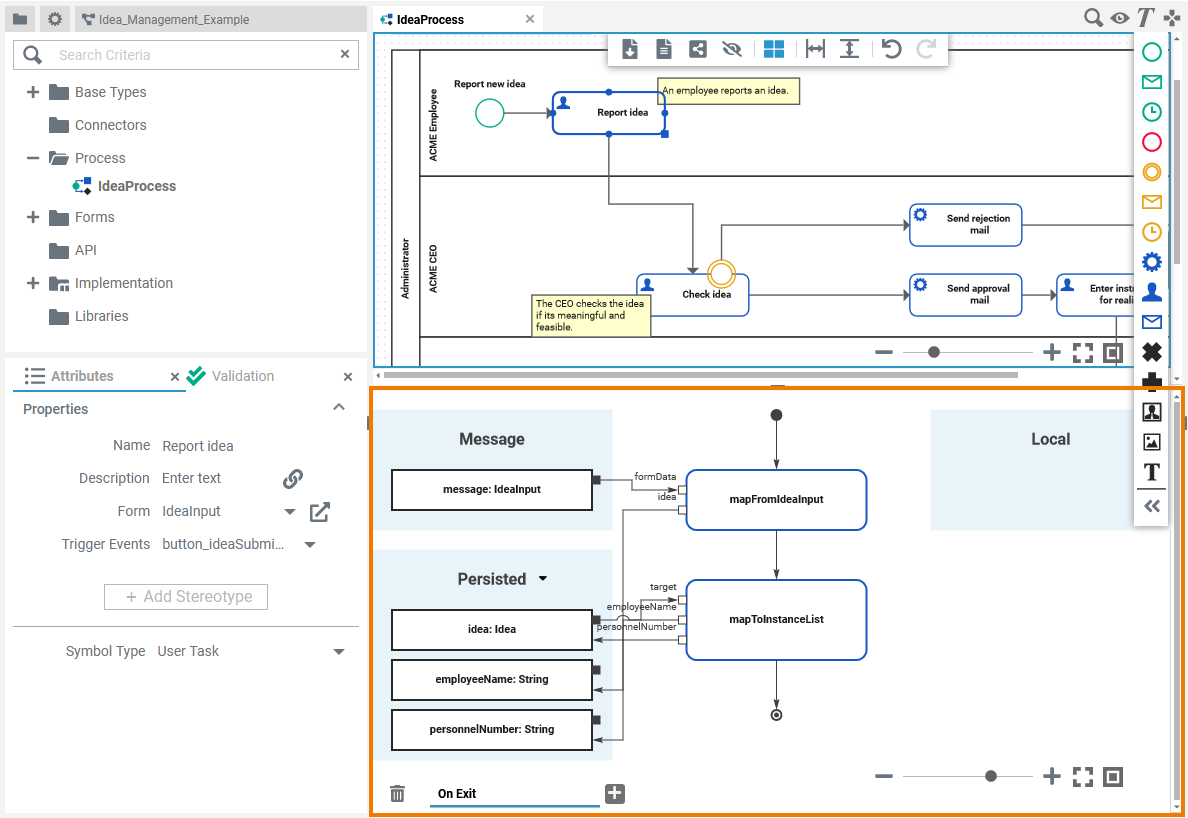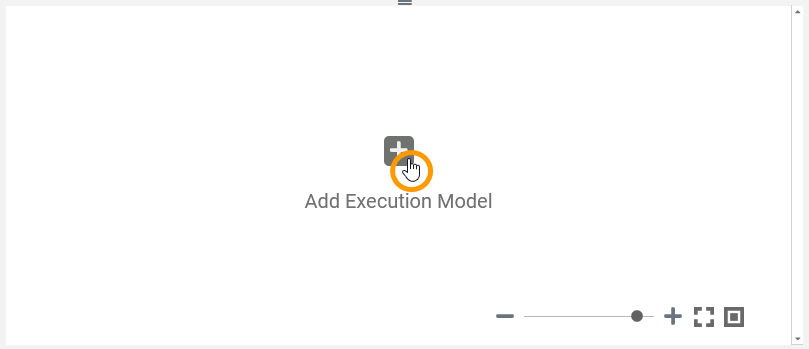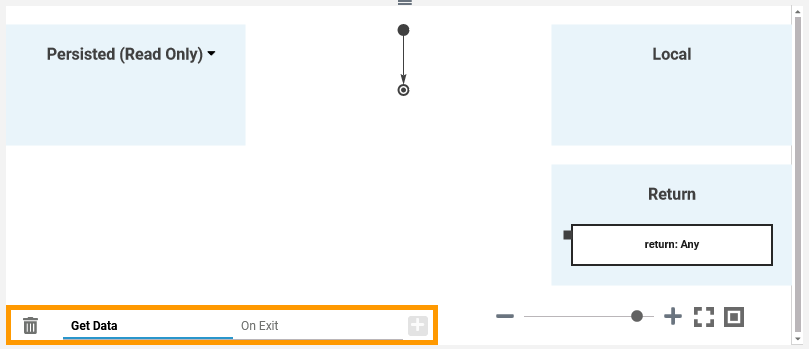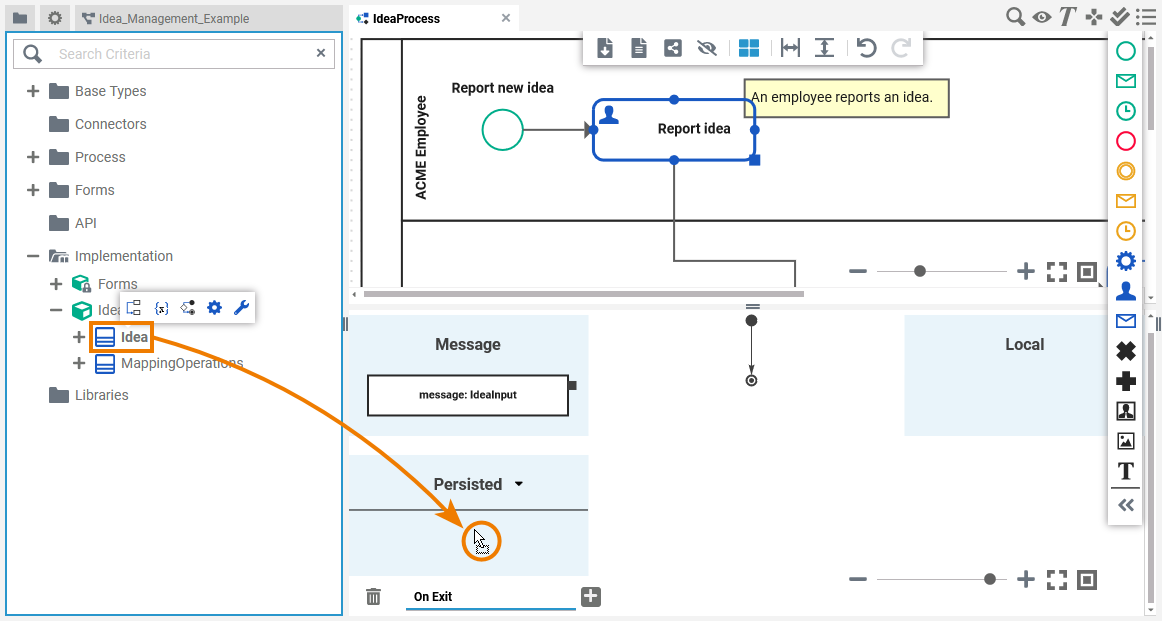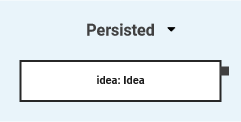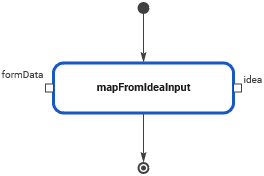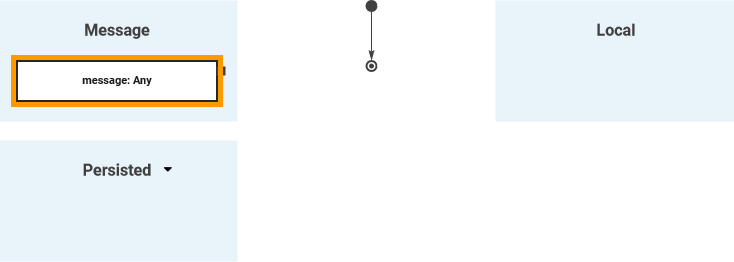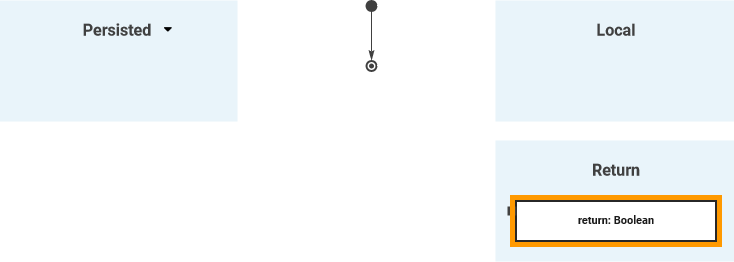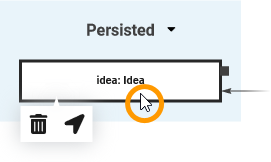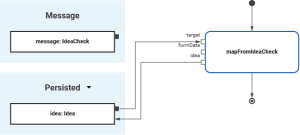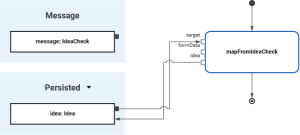Versions Compared
Key
- This line was added.
- This line was removed.
- Formatting was changed.
| The execution pane is the place where you make your model executable. |
| Multiexcerpt include | ||||||||
|---|---|---|---|---|---|---|---|---|
|
Customizing the Execution Pane
|
Modeling on the Execution Pane
While modeling, some general functionalities help you to browse through your model, and to adjust your working location within the model. Refer to Customizing Editors and Panels for more details.
Adding an Execution Model
| For some BPMN elements, the execution model is initially created during element creation. For others, you have to add the execution model manually (see Modeling Execution > Execution Pane Contents for detailed information). Click the | ||||||||
| Depending on the BPMN element, the available execution model or models are shown. Select the one you want to add. Possible options:
| ||||||||
| An empty execution model is added in the execution pane and a tab with the model name is displayed in the lower left corner. | ||||||||
| If a | ||||||||
| If multiple models have been added to an element, multiple tabs are displayed in the execution pane. Click on a tab to switch between the model content. In the default Look & Feel:
| ||||||||
| Click the trash icon |
Adding Content to an Execution Model
| Adding content to an execution model is simple: Just drag & drop the elements you want to use from the service panel to the execution pane. Two different kinds of elements can be added to the pane:
| ||
| You can add variables when dragging out a class (
| ||
| You can add an operation call when dragging out an operation (
|
Some execution models have already some parameters added.
| A section Message containing the incoming message parameter is displayed for all BPMN elements that provide a message. |
| A section Return contains the return parameter if the related BPMN element provides a return value. |
See Modeling Execution for an overview on the sections in the BPMN editor.
The Context Menus of the Execution Editor
Two different context menus support the user on the execution pane:
| Anchor | ||||
|---|---|---|---|---|
|
Elements Context Menu
| If you right click on an element, the context menu opens. The following options are available:
| ||||||||
| You can use the elements context menu on all elements on the execution pane. |
| Anchor | ||||
|---|---|---|---|---|
|
Execution Pane Context Menu
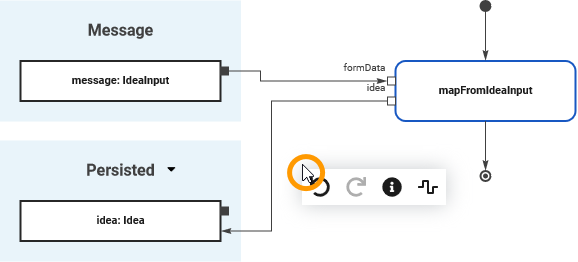 | A right click on the execution pane itself opens another context menu including the following options:
|
Shortcuts
You can also use the following shortcuts on the execution pane. The operations are applied to the currently selected element. The following list of shortcurts can be searched. Enter your search term in the Global Filter field.
| Table Filter | ||||||||||||||||||||||||
|---|---|---|---|---|---|---|---|---|---|---|---|---|---|---|---|---|---|---|---|---|---|---|---|---|
| ||||||||||||||||||||||||
|
